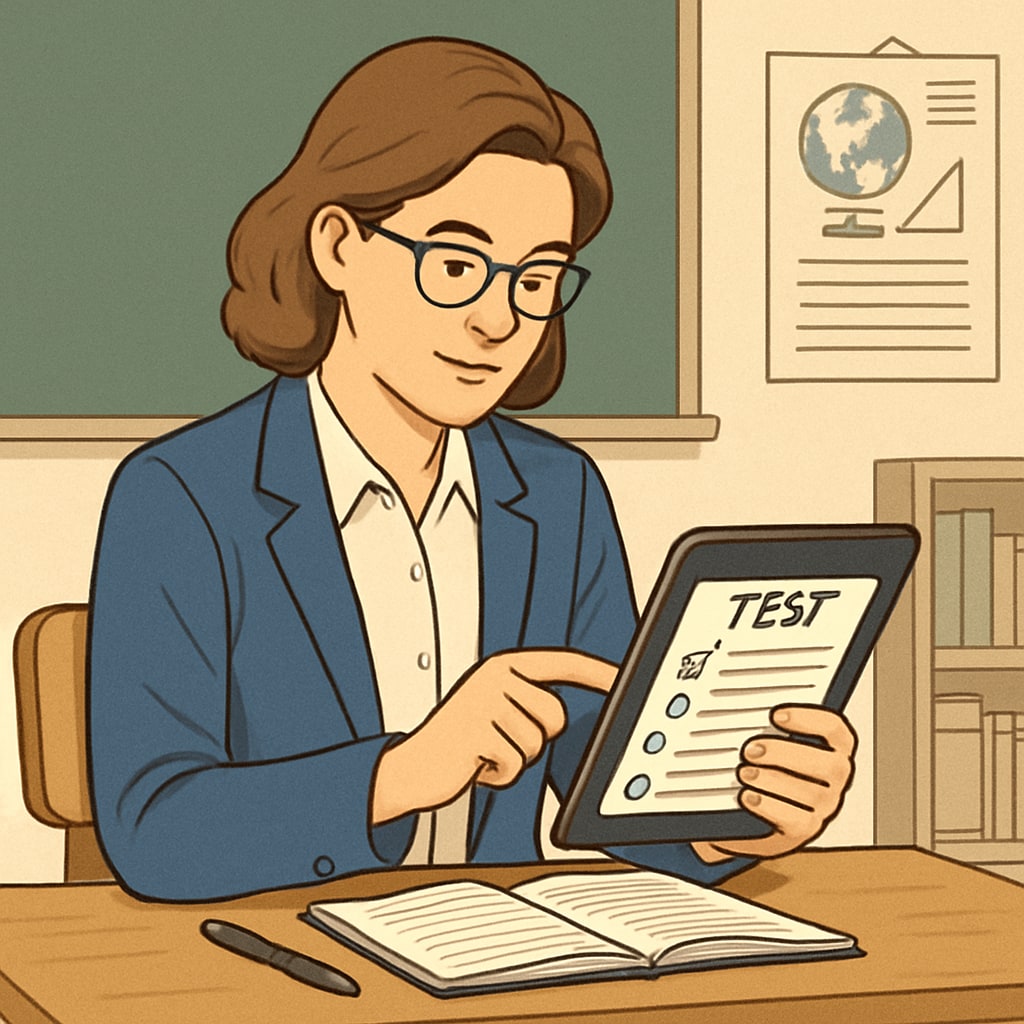In today’s digital world, K12 teachers are faced with a flood of test resources promising to enhance student learning and streamline teaching. However, identifying truly high-quality materials can be a daunting task. This article explores strategies to find, evaluate, and utilize effective test resources that not only save time but also promote comprehensive student development.
Why Finding Quality Test Resources Matters
High-quality test resources play a critical role in shaping effective lesson plans, assessing student progress, and tailoring teaching strategies. Poorly designed tests can lead to inaccurate assessments, wasted time, and unproductive lessons. Therefore, finding reliable resources ensures educators can focus on teaching rather than troubleshooting assessment tools.

How to Identify Reliable Test Resources
Not all test resources are created equal. To separate the wheat from the chaff, teachers can follow these steps:
- Check for Alignment: Ensure the test materials align with curriculum standards and learning objectives.
- Review Credibility: Look for resources developed by reputable educational organizations or accredited professionals.
- Assess Content Quality: High-quality tests should offer clear instructions, fair grading criteria, and a balance of question types.
- Seek Feedback: Consult peer reviews or recommendations from fellow educators.
For example, websites like Edutopia and Khan Academy provide free, vetted educational resources tailored to K12 learning standards.
Evaluating the Effectiveness of Test Materials
Once you’ve identified potential resources, the next step is evaluating their impact on student learning and overall teaching efficiency. Consider these factors:
- Student Engagement: Do students find the tests engaging and challenging?
- Data Insights: Do the results provide actionable insights into student strengths and areas for improvement?
- Ease of Use: Are the tests easy to administer, grade, and integrate into lesson plans?
Teachers can use platforms like CPALMS to access standards-aligned assessments and lesson plans designed to enhance classroom productivity.

Tips for Maximizing Test Resources in the Classroom
After selecting high-quality test materials, proper implementation ensures their effectiveness. Here are some tips:
- Customize for Your Classroom: Adapt test materials to fit the unique needs of your students and teaching style.
- Regular Updates: Keep resources fresh by incorporating new content and revisiting outdated materials.
- Combine Tools: Use a mix of digital and physical resources to cater to diverse learning styles.
- Monitor Progress: Use test results to track student performance and adjust teaching strategies as needed.
By following these practices, teachers can ensure that test resources are not just tools but catalysts for meaningful learning experiences.
Final Thoughts: Navigating the sea of test resources may seem challenging, but with the right strategies, K12 teachers can uncover high-quality materials that truly make a difference. By focusing on alignment, credibility, and effectiveness, educators can ensure their classrooms are equipped for success.


